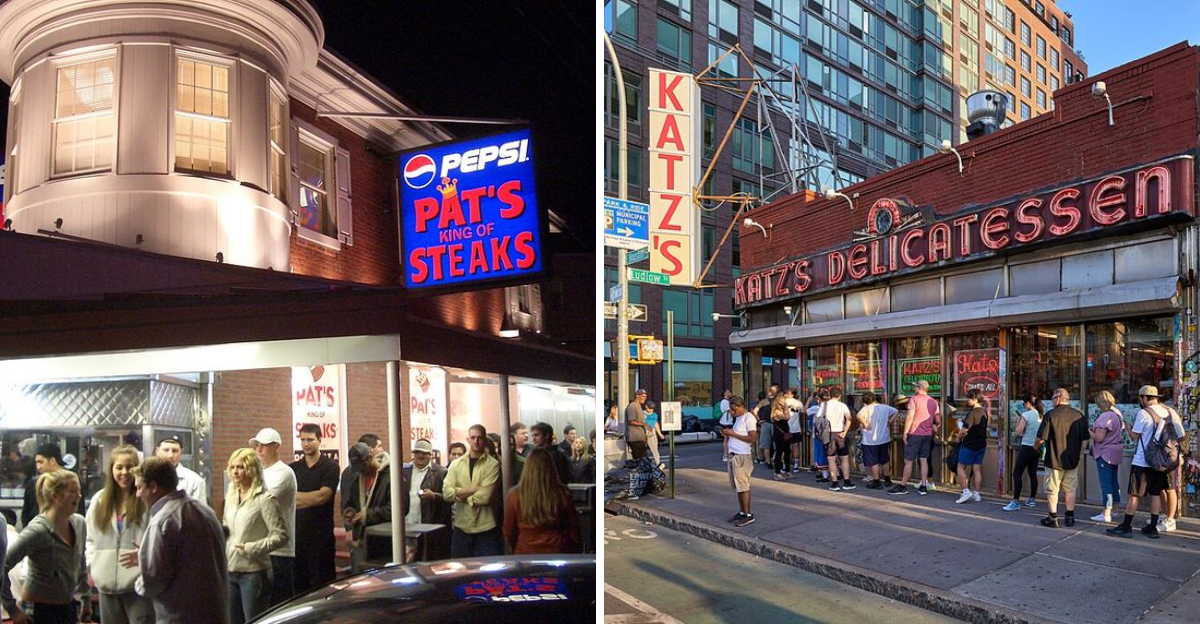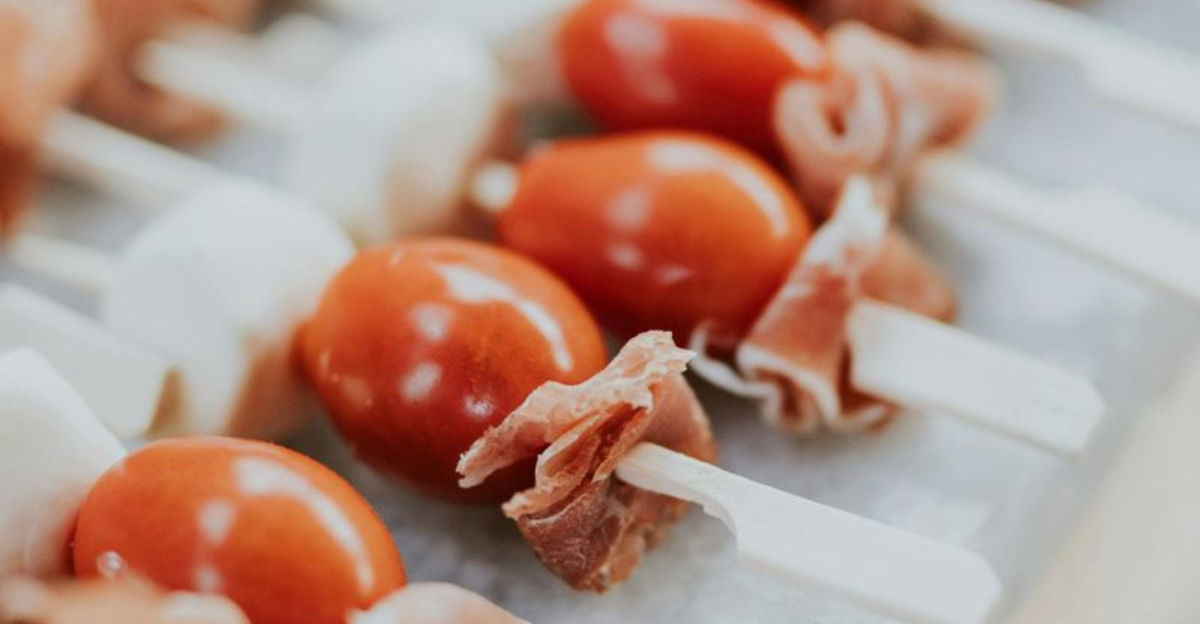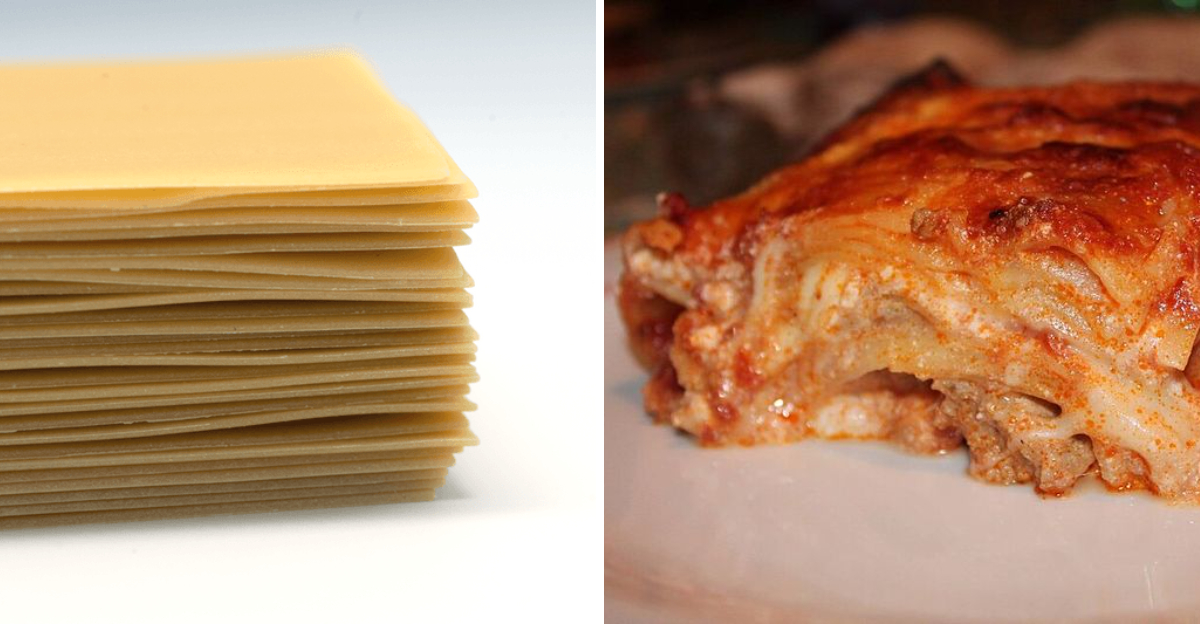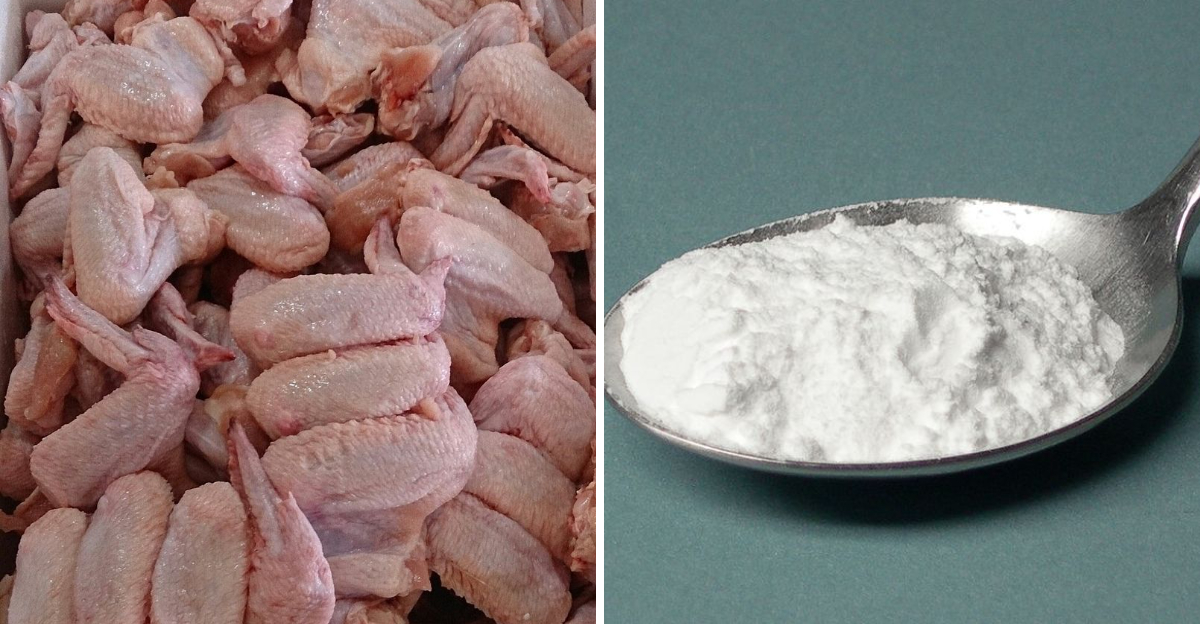14 Popular Great Depression Meals No One Makes Anymore
When money was tight and grocery shelves were nearly bare, families during the Great Depression got wildly creative in the kitchen.
They stretched every penny and made meals from whatever they could grow, borrow, or scrounge up.
Some of these dishes were surprisingly tasty, while others were just plain weird – but they all tell the story of survival, grit, and making do with what you had.
1. Vinegar Pie
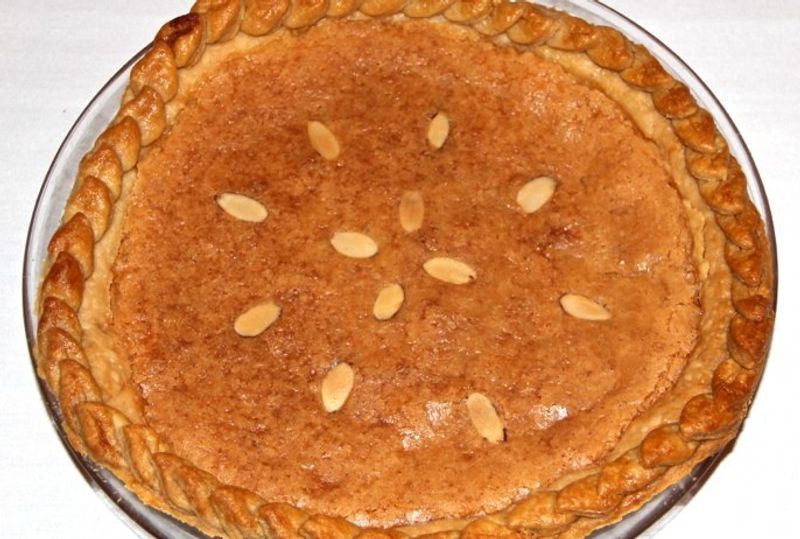
When lemons were a luxury, vinegar stepped in to mimic that tangy punch. Mixed with sugar, eggs, and a little butter, it baked into a surprisingly sweet custard pie.
Sounds bizarre, right? But desperate times called for creative baking. The acidity gave it a lemon-pie vibe without the pricey citrus, proving resourcefulness tastes better than you’d think.
2. Creamed Chipped Beef on Toast
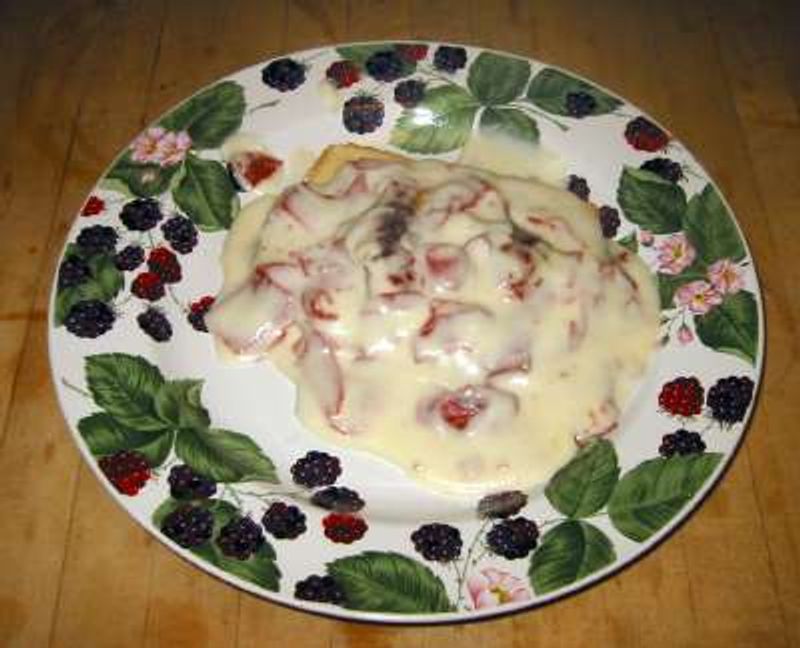
Affectionately dubbed “S.O.S.” by soldiers, this dish featured dried, salty beef in a thick white sauce ladled over toast. Cheap and protein-packed, it fueled families through rough mornings.
The beef was often so salty it needed rinsing first. Still, it beat going hungry, and the creamy gravy made stale bread taste almost fancy again.
3. Potato Pancakes
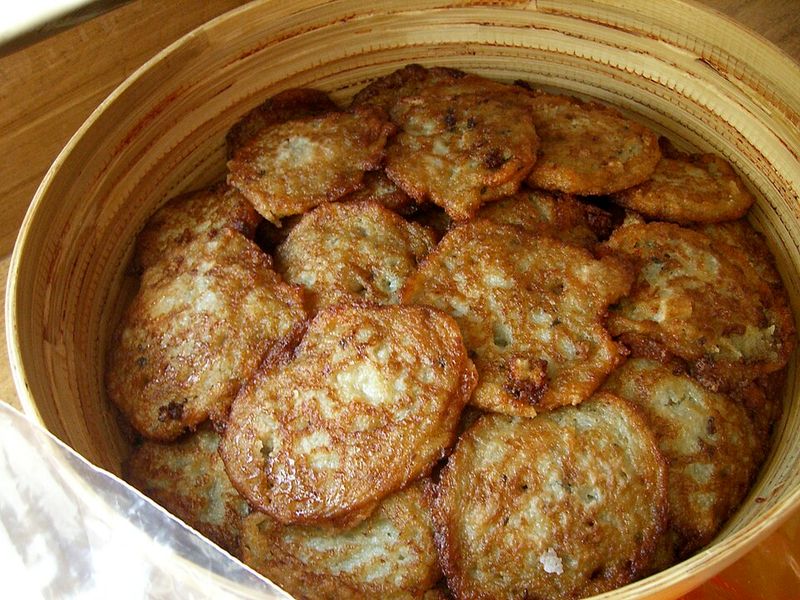
Grated spuds, a sprinkle of flour, and an egg if you were lucky – fried up into crispy, golden cakes that stretched a single potato into a whole meal.
Potatoes were dirt cheap and plentiful, making them the MVP of Depression cooking. These pancakes could be breakfast, lunch, or dinner, depending on how desperate things got.
4. Cornbread and Milk
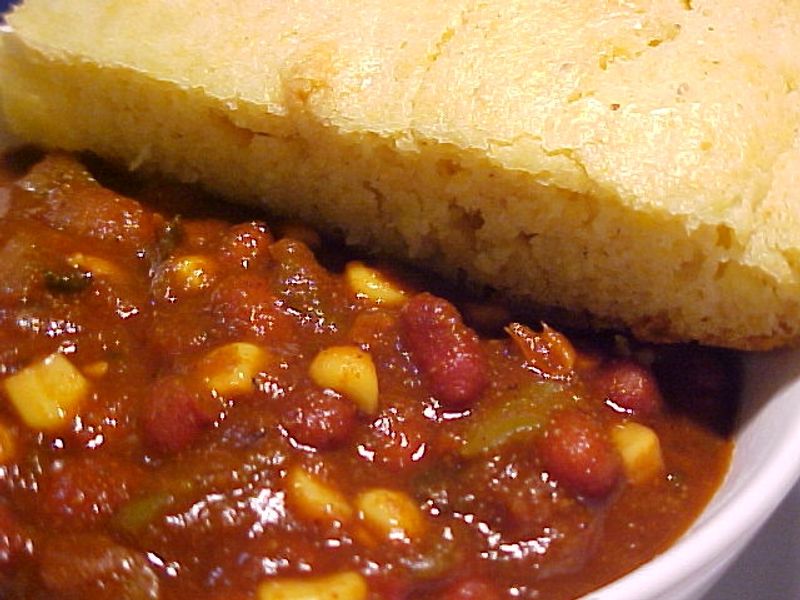
Crumble up yesterday’s cornbread, drown it in milk, and call it a meal. Simple, filling, and surprisingly comforting when there wasn’t much else around.
Kids actually loved this one – it was like cereal before cereal was cool. Sweet or savory, it depended on whether you had a little sugar or salt to spare that day.
5. Dandelion Salad
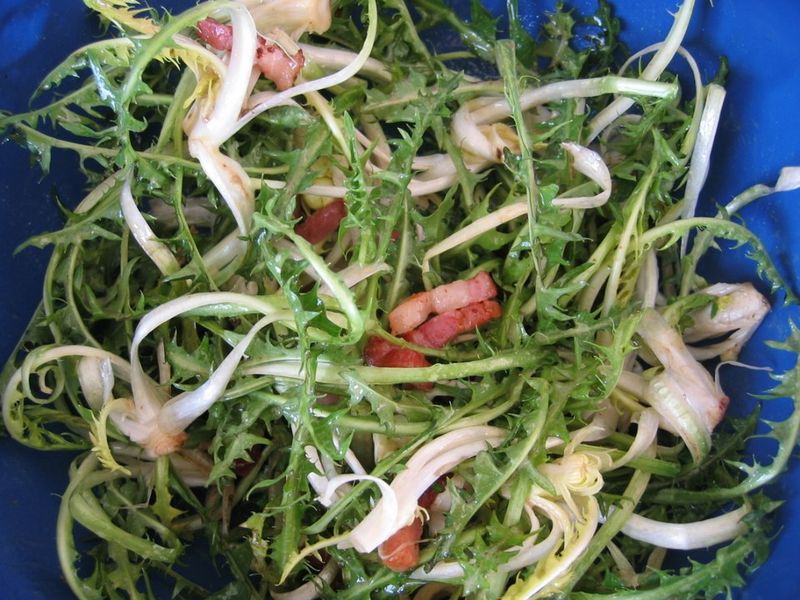
Why buy lettuce when dandelions grow free in every yard? Families foraged the tender greens, tossed them with vinegar or bacon grease, and called it salad.
Packed with vitamins, dandelions were healthier than people realized. Sure, they tasted a little bitter, but hunger has a way of making anything taste just fine.
6. Onion Sandwiches
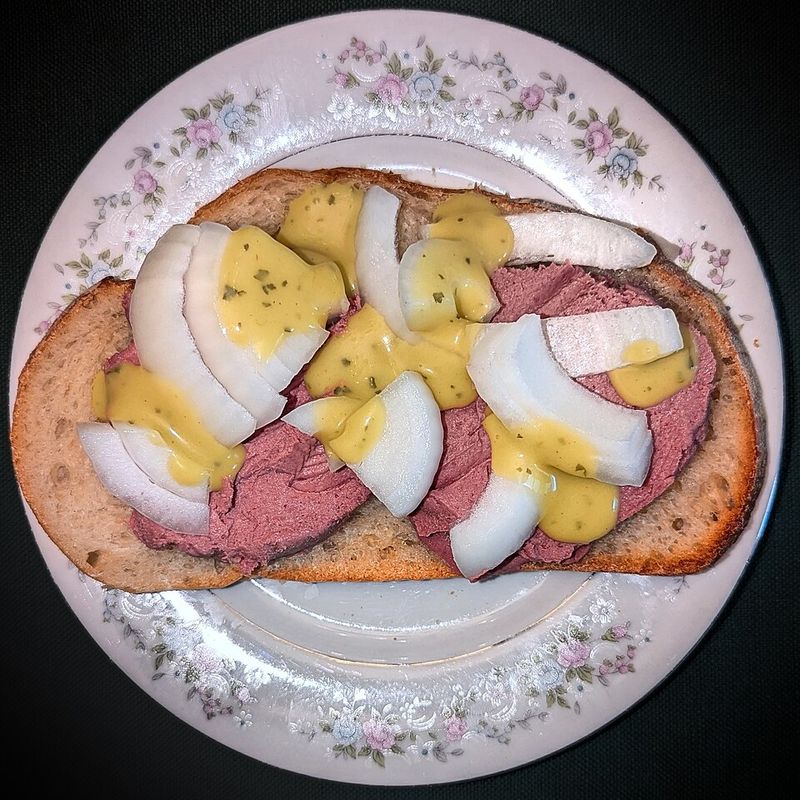
Literally just onions between two slices of bread. Maybe a smear of mayo or mustard if you were feeling fancy, but often just the sharp bite of raw onion.
Your breath? Terrible. Your wallet? Saved. Onions were cheap, available year-round, and surprisingly filling. Sometimes simplicity wasn’t a choice – it was survival.
7. Fried Bologna

Bologna was one of the cheapest meats around, and frying it until the edges curled up made it feel almost special. Slap it on bread and you had a hot sandwich.
Kids loved watching it puff up in the pan. It wasn’t steak, but it was protein, and when every penny counted, fried bologna was a small luxury worth celebrating.
8. Depression Cake (Wacky Cake)
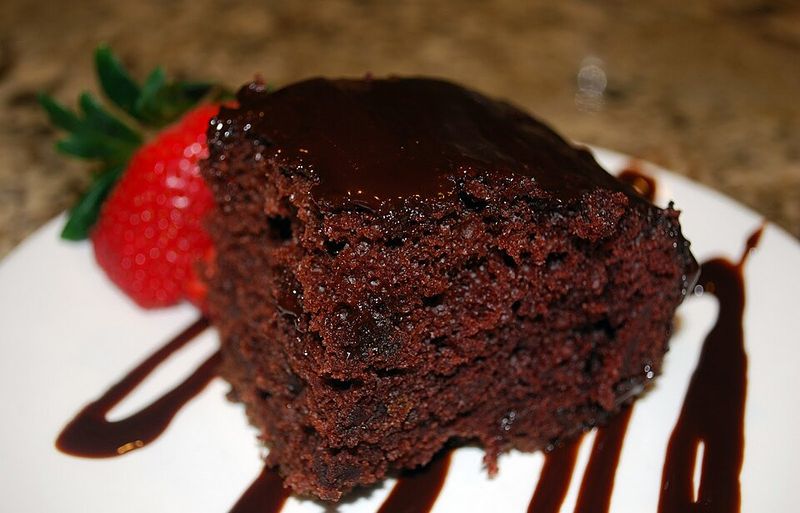
No eggs, no butter, no milk – just flour, sugar, cocoa, vinegar, and oil. Somehow, this “wacky” cake still turned out moist, chocolatey, and downright delicious.
Bakers mixed it right in the pan to save dishes. It became a birthday staple when fancy ingredients were impossible to find. Proof that you don’t need much to make magic happen.
9. Boiled Cabbage
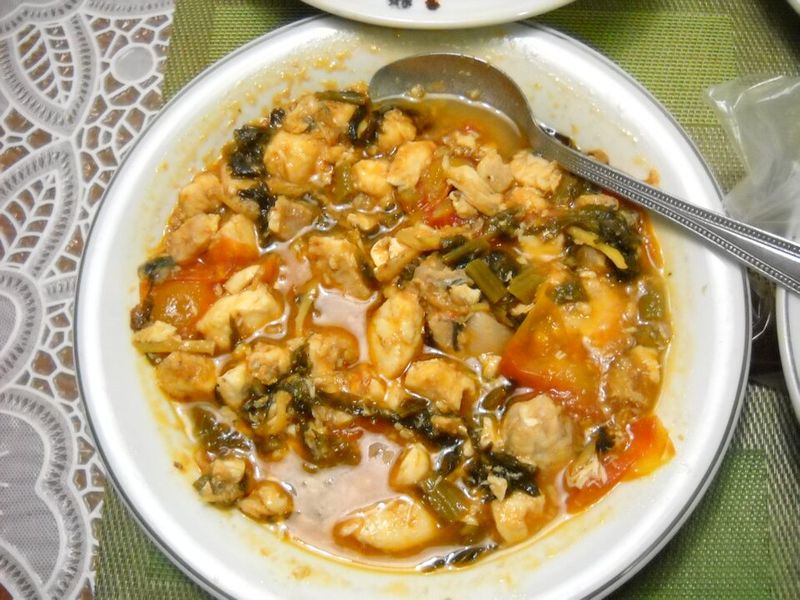
Cabbage was cheap, sturdy, and lasted forever in the cellar. Boil it up with a little salt, maybe some bacon fat if you were lucky, and you had a side dish.
Sure, it smelled up the whole house, but it was nutritious and filled plates when nothing else would. Cabbage became the unsung hero of Depression-era kitchens everywhere.
10. Milk Toast
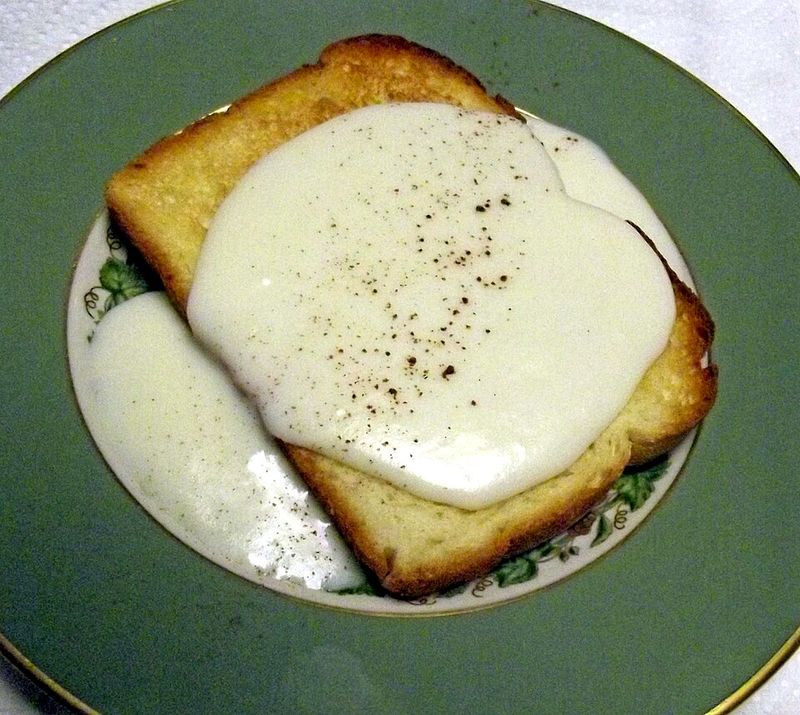
Toast soaked in warm milk with a pat of butter and a sprinkle of sugar or salt. It was comfort food for the broke, the sick, and the weary.
Soft, warm, and easy to digest, milk toast was often served to children or anyone feeling under the weather. It wasn’t exciting, but it was gentle and soothing.
11. Lard Sandwiches
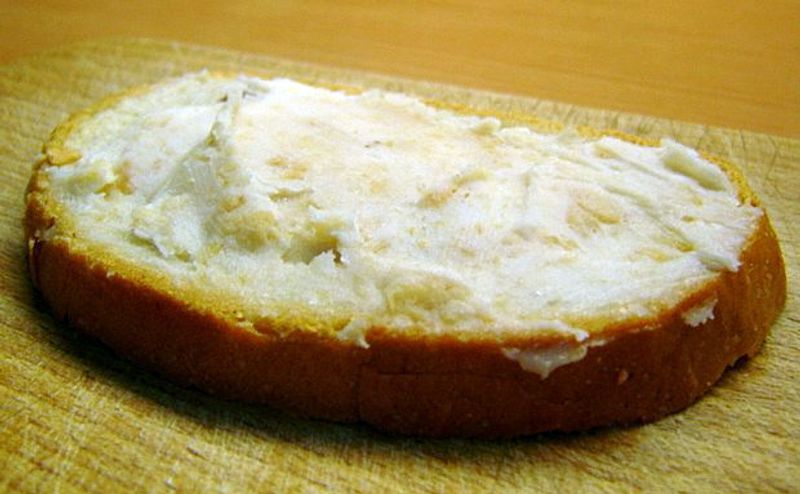
Spread lard on bread like butter, maybe add a little salt, and you had a sandwich. It sounds gross now, but back then, fat meant calories, and calories meant survival.
Lard was a cheap byproduct of butchering, so it was always around. It wasn’t tasty, but it kept hunger at bay when there was literally nothing else.
12. Potato Soup
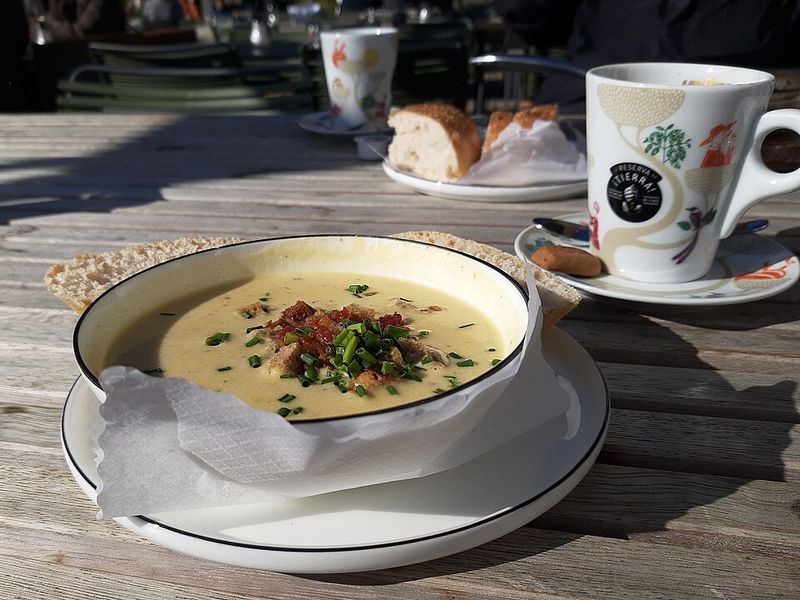
Potatoes, water, maybe some onion and a splash of milk if you were lucky – simmered into a thick, hearty soup that warmed you from the inside out.
One pot could feed a family for days. Potatoes were filling and cheap, making this soup a go-to when cupboards were bare and paychecks were nonexistent.
13. Cabbage and Noodles
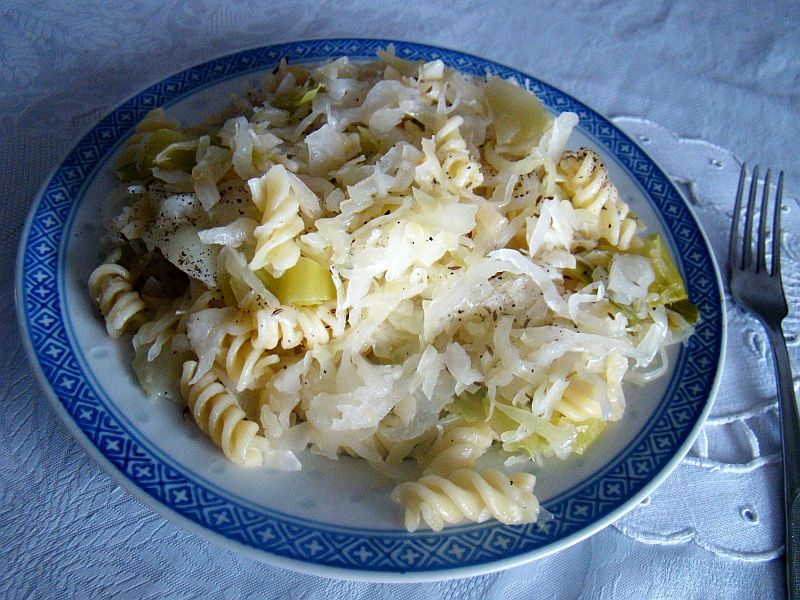
Boiled cabbage tossed with cheap egg noodles and a little butter or bacon grease. Simple, filling, and surprisingly tasty when seasoned right.
This dish had Eastern European roots but became a Depression staple because it stretched ingredients far. Carbs plus veggies equaled a full belly without emptying the wallet.
14. Cornmeal Mush
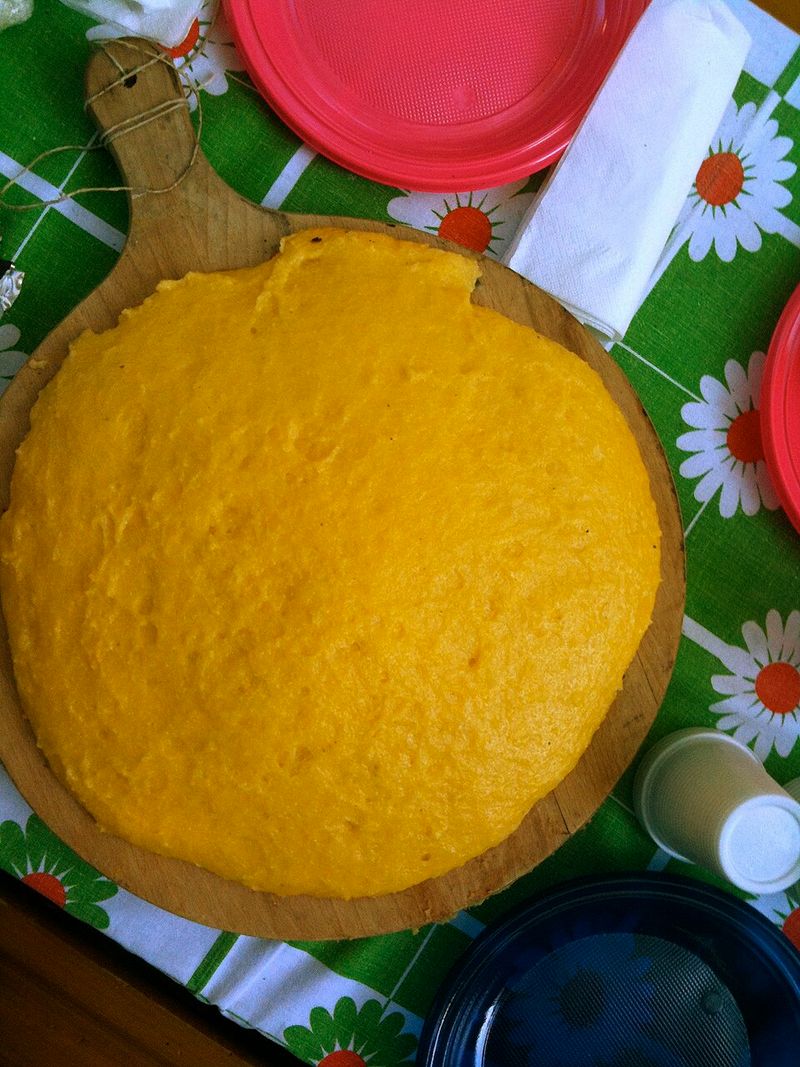
Cornmeal cooked in water or milk until thick and porridge-like. Eat it hot with a little butter or sugar, or let it cool, slice it, and fry it up later.
Cornmeal was dirt cheap and filling, making mush a breakfast staple. It wasn’t fancy, but it stuck to your ribs and gave you energy to face another hard day.

